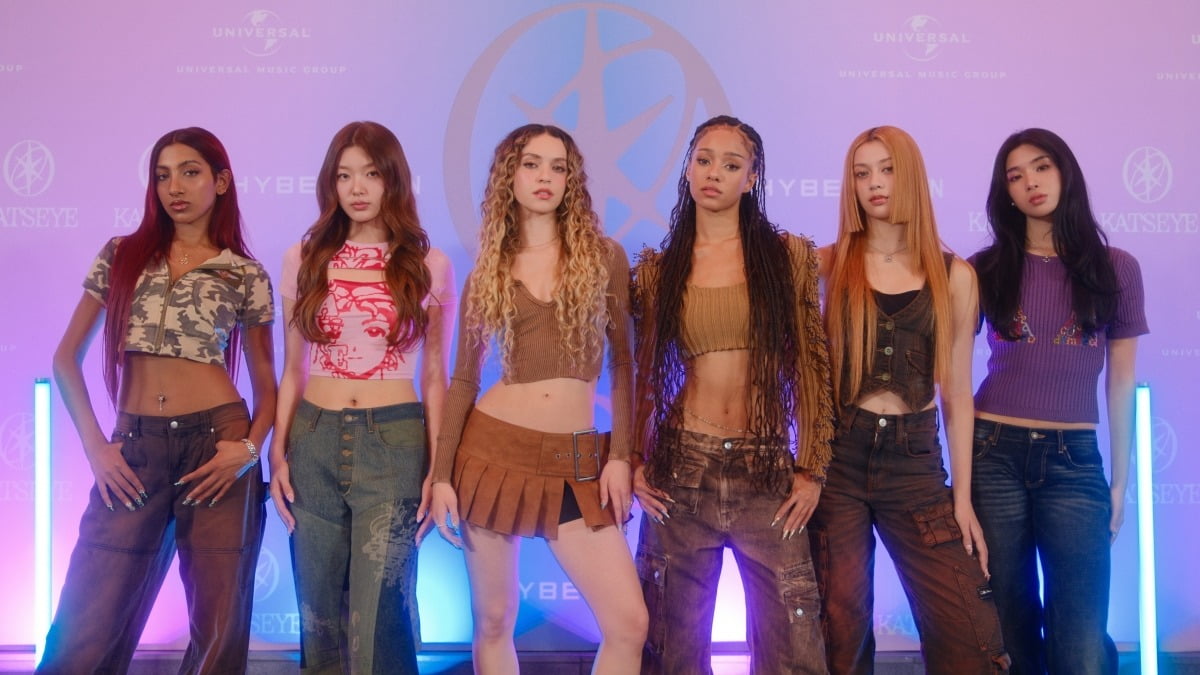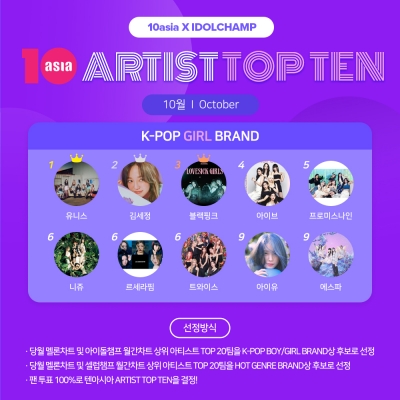MUSIC
From ‘NO’ on Melon to ‘YES’ on Billboard... why American music fans are obsessed with KATSEYE


Min-Kyung Lee, a current singer-songwriter, delves into the world of music from an artist's perspective, analyzing hidden meanings and behind-the-scenes stories.
While the group KATSEYE is expanding its presence in the United States, it has yet to make a significant impact in South Korea. Industry experts view this as a prime example of the 'K-pop system' creating influential idols in Western markets, independent of domestic success.

Industry insiders attribute the differing reactions to 'Gnarly's' complex musical style. The song's vocal melody features minimal pitch variation, focusing on rhythmically spoken rap. The melody flows seamlessly without significant changes between the chorus and other parts, repeating phrases like 'Gnarly' throughout.
The arrangement is also challenging for domestic audiences accustomed to K-pop. Typically, K-pop songs are divided into sections of 4, 8, or 16 bars. For example, the 'verse' might be 8 bars, followed by an 8-bar 'pre-chorus.'
In 'Gnarly,' the verse is split into two parts, with part 1 being 8 bars and part 2 only 6 bars. This unconventional structure, combined with the unusual time signature, can feel perplexing to Korean pop fans. The experimental arrangement is more familiar to Western audiences who enjoy intense hip-hop music.

In 'Savage,' aespa member Karina's rap part features distinct pitch and rhythm divisions, unlike the fluid rap in 'Gnarly.' The song uses diverse melodies across octaves to captivate listeners, with a catchy chorus that enhances its appeal. These characteristics allowed 'Savage' to maintain the top spot on Melon's main chart for an extended period.
KATSEYE's lack of domestic success is also attributed to member Lara's coming out. While Western audiences are generally supportive of LGBTQ+ identities, this event may have widened the psychological gap between KATSEYE and the Korean public.
The group's powerful performances, rare for a girl group, also polarize fans. In the comments of KATSEYE's YouTube music video, one international fan noted, "Regardless of the song, the performance stands out." Another commented, "The lyrics lack substance, but the choreography is impressive." In contrast, such performances are unfamiliar to many in South Korea.

KATSEYE's case suggests that K-pop is no longer exclusive to Korea. Industry insiders agree, "K-pop is a system developed in Korea, targeting markets not only in Asia but also in the West."
Min-Kyung Lee, TenAsia Reporter 2min_ror@tenasia.co.kr



